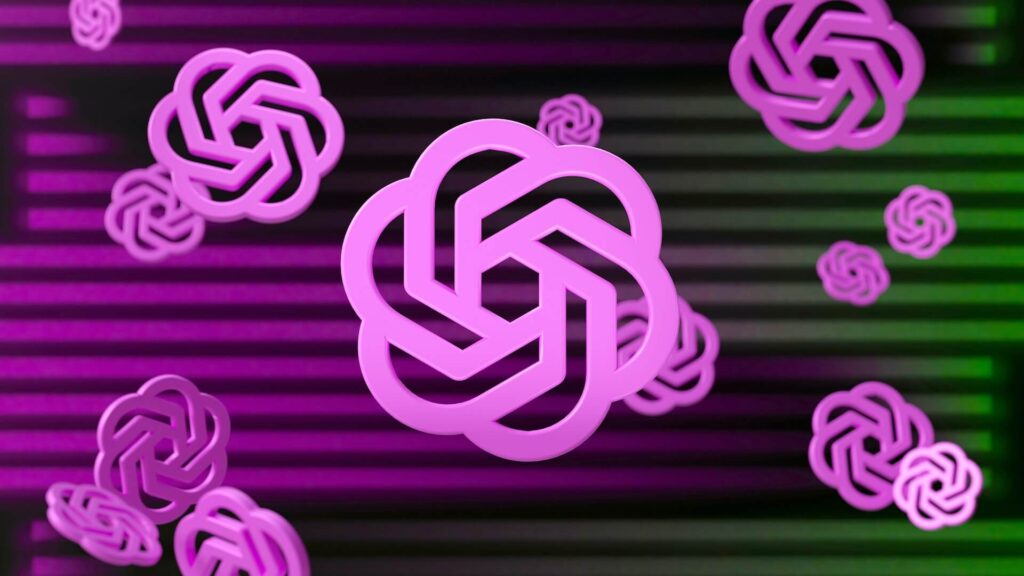Max tokens for different OpenAI models

OpenAI has developed a range of language models that are designed to perform various tasks, such as answering questions, simulating conversations, translating languages, and generating content.
With distinct features and capabilities, these cutting-edge models hold immense potential for developers and businesses.
In this blog post, we will provide details about how different OpenAI models manage the number of tokens in their processing pipeline.
The table below provides an overview of the maximum tokens that can be processed by various OpenAI models.
| Model Name | Max Tokens |
|---|---|
| gpt-4-1106-preview | 128,000 tokens |
| gpt-4-vision-preview | 128,000 tokens |
| gpt-4 | 8,192 tokens |
| gpt-4-0314 | 8,192 tokens |
| gpt-4-32k | 32,768 tokens |
| gpt-4-32k-0314 | 32,768 tokens |
| gpt-3.5-turbo | 4,096 tokens |
| gpt-3.5-turbo-0301 | 4,096 tokens |
| text-davinci-003 | 4,097 tokens |
| text-davinci-002 | 4,097 tokens |
| code-davinci-002 | 8,001 tokens |
| text-curie-001 | 2,049 tokens |
| text-babbage-001 | 2,049 tokens |
| text-ada-001 | 2,049 tokens |
| davinci | 2,049 tokens |
| curie | 2,049 tokens |
| babbage | 2,049 tokens |
| ada | 2,049 tokens |
Key Considerations When Choosing a Model
- Input and output limitations: When selecting a model, it is vital to consider the input-output limitations, as tokens can affect both input and generated output. Ensure the chosen model can accommodate the length of text that you need to process and generate.
- Performance and speed: Some models can process more tokens but may have a slower response time. Balance your requirements and decide if you need higher processing capabilities or if the response time is more critical for your application.
- Use case compatibility: Choose a model that is best suited for your specific project requirements. Selecting the right model for your task can significantly impact the generated results’ quality and relevance.
Conclusion
Understanding the token limitations for different OpenAI models is essential when choosing the best model for your needs. By taking into account these token limits, you can better tailor your application to the desired outcome and ensure the best results across a wide variety of use cases.
Here’s a simple tool that helps you estimate the costs of using the OpenAI API for different models.
Also, keep in mind the key considerations discussed above when selecting an OpenAI model to find the perfect fit for your project.
